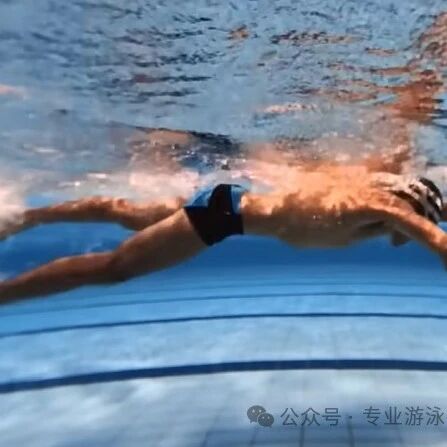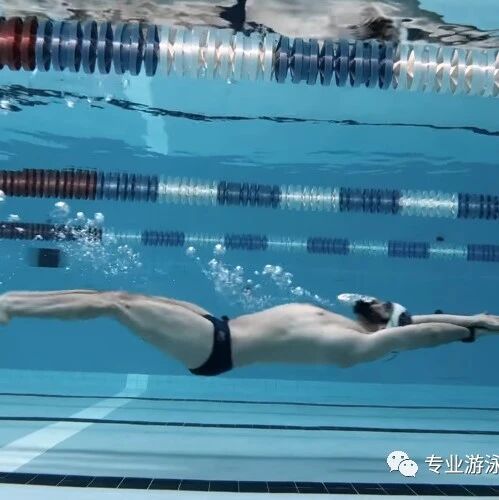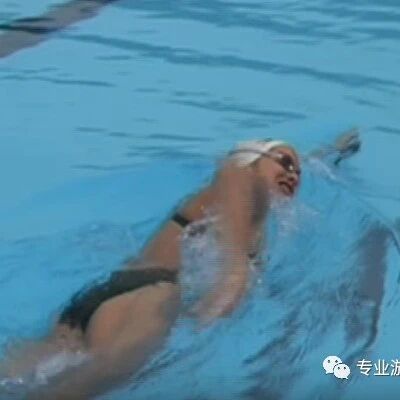Advanced techniques to speed up breaststroke: Learn to harness the water with your catch-and-push motion.
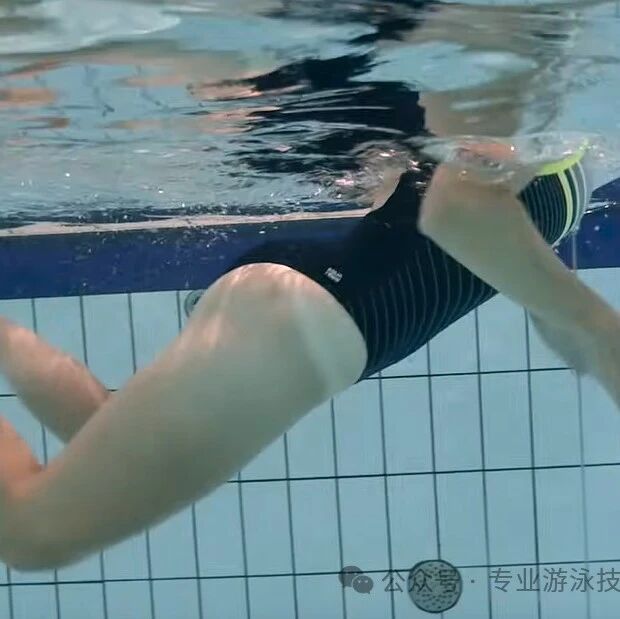
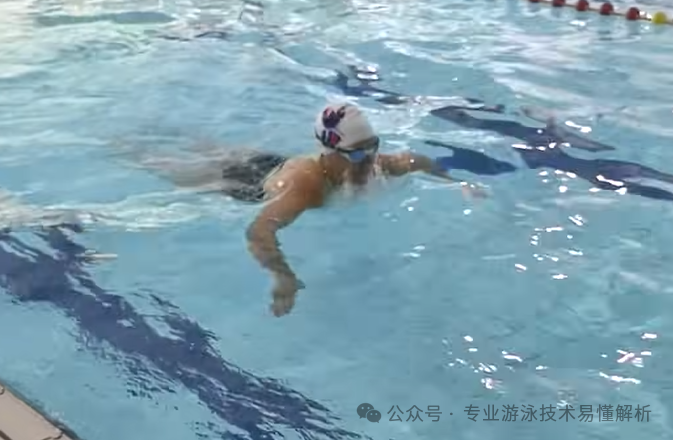
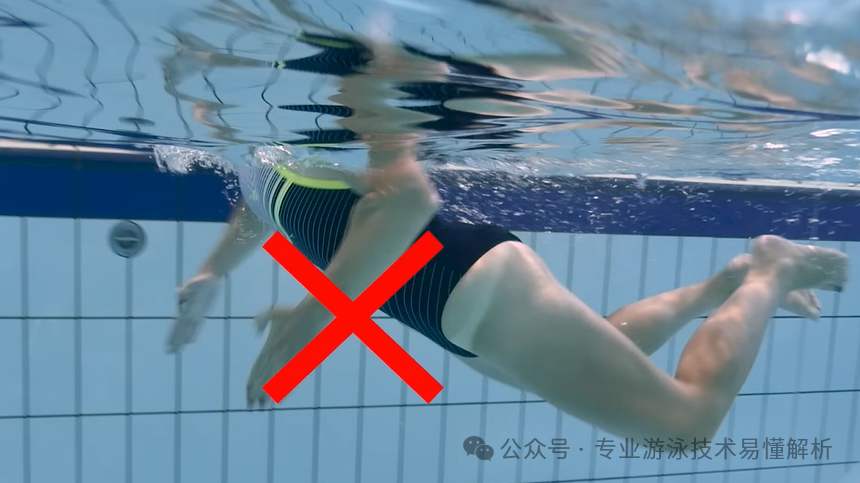
1. Two Typical Errors in the Breaststroke Arm Stroke
In breaststroke, the arm movement consists of one outward sweep and one inward sweep. When first learning, the outward sweep is primarily used to provide stability, making it easier to breathe. Meanwhile, the inward sweep helps propel the body forward. As you gain more experience, you’ll realize that the outward sweep actually serves to "grab" more water, creating a stronger foundation for the subsequent inward stroke.
From this perspective, two common mistakes in breaststroke arm technique stand out: First, the outward sweep is performed too widely—often extending far beyond shoulder width—causing the inward sweep to lag behind and fail to effectively capture the water that the outward motion has already gathered, thus negating the purpose of the outward grab. Second, the inward sweep becomes too deep, placing excessive strain on the arms and preventing them from quickly returning to the water to initiate the forward extension. This not only disrupts the smooth coordination between the arms and legs but also significantly reduces overall swimming efficiency.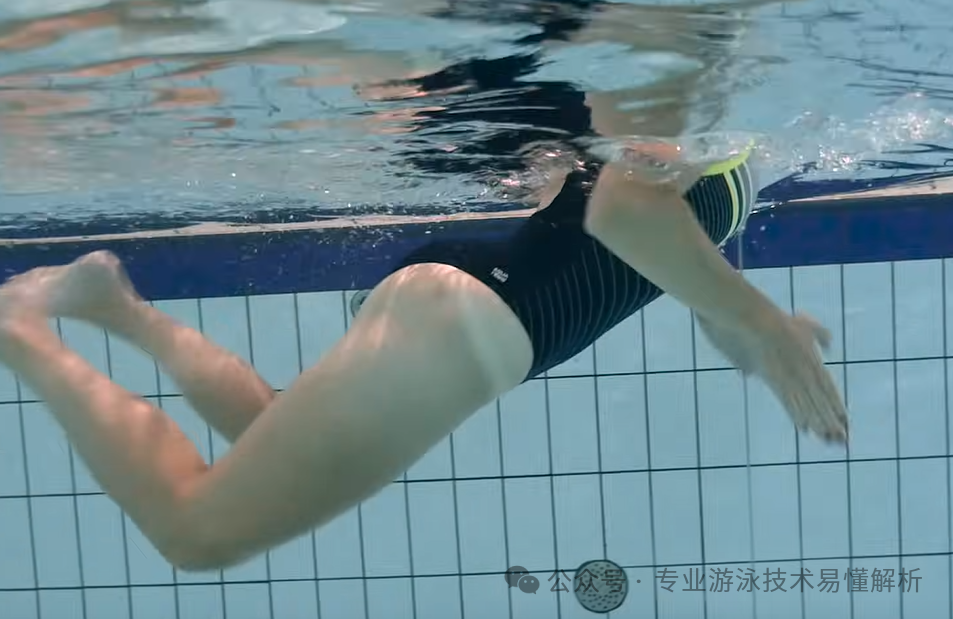
2. To advance in breaststroke, it’s essential to stabilize your hips and maintain a high position.
There are two main sources of resistance when swimming breaststroke: First, the drag created by the frog kick as the legs retract—this is why swimmers strive to keep their shins tucked behind the thighs during the recovery phase, ensuring the thighs remain parallel to the abdomen to minimize frontal water resistance. Second, the transverse waves generated as the swimmer moves forward; overcoming these waves and breaking through the surface tension of the water is essential for increasing swimming speed and reducing overall drag.
Maintaining a stable hip position isn’t easy—it requires mastering the basic frog kick technique and strengthening your core muscles. Think of your hip joint as a pivotal point: when you glide forward, both your arm extension and leg movements should prioritize stabilizing your hips. Don’t focus on lifting your upper body too high out of the water; instead, aim for an upper-body-to-surface angle no greater than 45 degrees after each stroke. If you try to lift your upper body excessively—approaching that nearly perpendicular angle—the position of your hips will inevitably drop below the waterline, causing your body to bob up and down repeatedly during the stroke. This undulating motion directly undermines your swimming efficiency and slows you down in breaststroke.
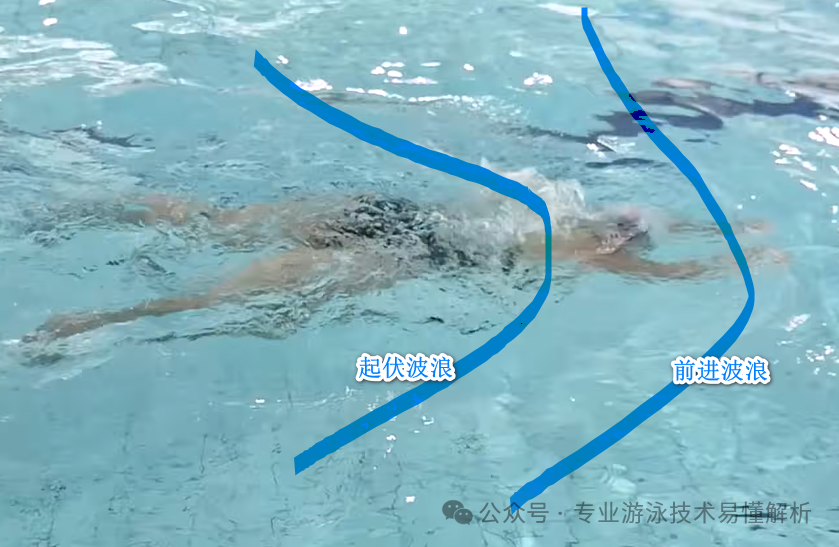
3. To speed up your breaststroke, learn to ride the wave.
When swimming breaststroke, significant transverse waves are generated. As the chest moves through the water, it creates the first transverse wave; then, as the shoulders exit the water, they produce a second transverse wave. Meanwhile, the initial wave shifts forward with the arm extension, eventually merging with the second wave—or even combining with it entirely—to form an even greater frontal resistance against the water.
From the perspective of transverse waves, the first transverse wave has the most obtuse angle and thus the highest water resistance. As you move further along, the transverse-wave angle becomes sharper, causing the water resistance to drop rapidly. When swimming breaststroke with an arm extension, there are two key functions: First, the extended arm breaks through the surface tension of the transverse wave, creating a streamlined "arrow" shape that significantly reduces frontal drag. Second, as the arm extends forward, it pushes the initial transverse wave ahead, preventing it from merging with the second wave.
Generally, breaststroke swimmers can easily achieve the first point, but mastering the second requires swimming with a strong, rhythmic cadence. As you glide forward, the lateral waves generated one after another propel you smoothly ahead. If, while maintaining stable hips, you can also keep your body higher in the water—closer to the surface, or in other words, with your hips positioned slightly shallower underwater—the combined effect of these successive lateral waves will significantly boost your swimming speed.
Of course, this swimming technique is ideal for a short-distance frog kick sprint. Maintaining a steady rhythm while swimming can be quite physically demanding, so it’s important to coordinate your breathing and breath-holding more effectively.
One WeChat official account shares swimming tips, while another focuses on software insights, online resources, and reading experiences.
Thank you for your supportive and encouraging likes, as well as the comments that spark meaningful conversations—and even more, we’d love to see those shares and retweets!
